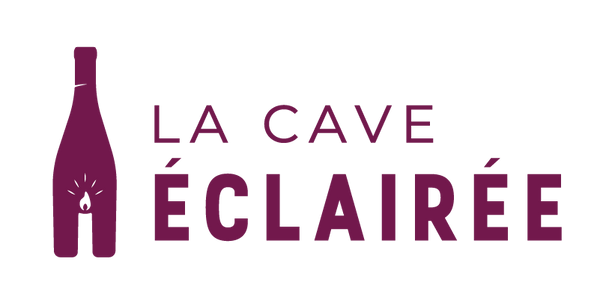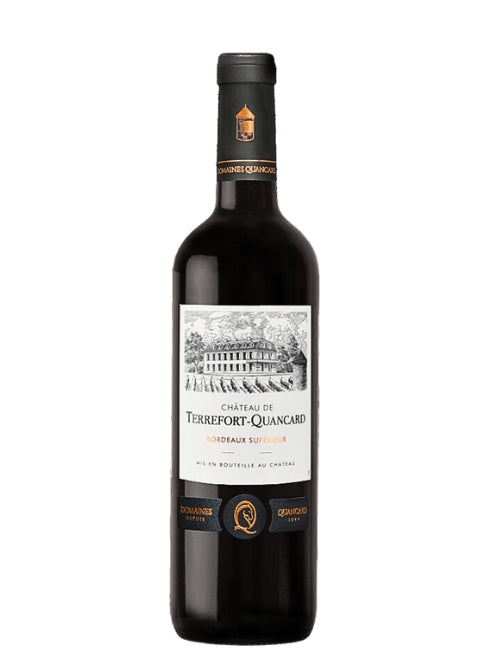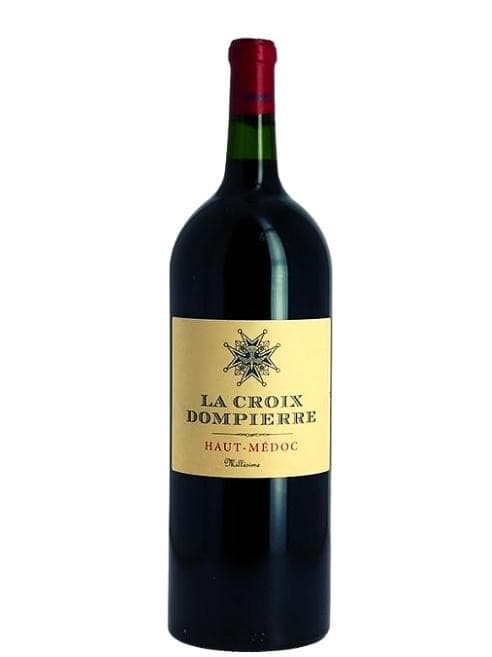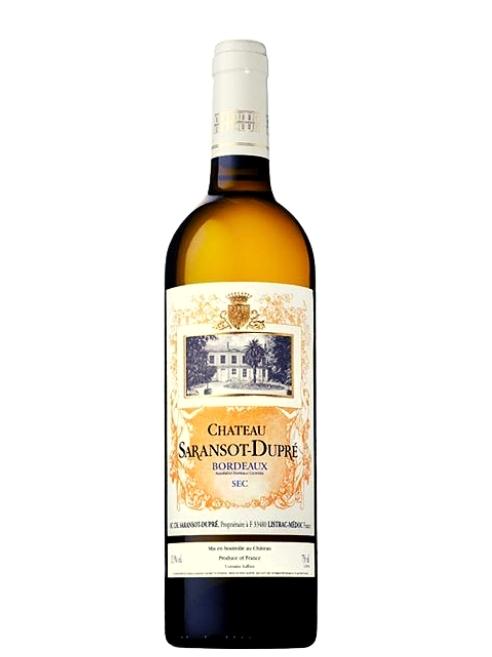The red grape varieties of Bordeaux
Red grape varieties make up more than 80% of the plantations in the Bordeaux region. In addition, 3 varieties represent 98% of red production.
Merlot
It represents 66% of the red grape varieties and is therefore the star of the Bordeaux vineyard. This is distinguished by its tannic suppleness, its charming fruitiness and its roundness in the mouth. It is particularly fond of clay-limestone soils and is therefore found mainly on the right bank of the Garonne within appellations such as Saint-Émilion (Château Jean Faure), Pomerol ( Château de Valois) or Blaye Côtes-de-Bordeaux (Château Bel-Air La Royère). From a taste point of view, it expresses notes of red and black fruits such as plum, cherry or even strawberry.
Cabernet Sauvignon
Cabernet Franc
It is the 3th most important red variety and is planted at 9.5% in the region. It brings a nice acidity, rather supple tannins, aromas of raspberry, strawberry and peony as well as sometimes a little vegetal side characterized by pepper. This one particularly likes the clay-limestone soils of the right bank, especially in Saint-Émilion and Pomerol. It also contributes to the good aging potential of wines.
All these grape varieties are generally used in blends. It is indeed rare in Bordeaux that a single grape variety constitutes the entirety of a cuvée.

Merlot clusters
The white grape varieties of Bordeaux
White grape varieties represent less than 20% of the Bordeaux vineyard. Within this category, two of them achieve almost 90% of the production.
Semillon
It is the main white grape variety in the region and represents 45% of the grape varieties of this color. It gives wines a nice oily texture as well as aromas of white fruits, white flowers and honey. It is mainly found in Sauternais (Château Haut Bergeron) where it is used for the production of sweet wines thanks to its sensitivity to noble rot (Botrytis cinerea). Nevertheless, it is also present in the Graves region (Pessac-Léognan) or in the Entre-deux-mers (Cheval Quancard) where it makes it possible to produce dry white wines.
Sauvignon blanc
It represents 43% of the white vineyard. If this grape variety is very well known for its presence in the Loire on appellations such as Sancerre or Pouilly-Fumé, it is also very established in Bordeaux. This one is appreciated for its lively character and here offers notes of exotic fruits, white fruits and citrus fruits. Like the Sémillon with which it is almost always blended, it is very present in Pessac-Léognan as well as in Entre-Deux-Mers.
In addition to these two grape varieties, other less common varieties are also present in Bordeaux. For example, we can cite Muscadelle (5% of the vineyard in white) which is used in small quantities in blends of dry and sweet white wines in order to provide floral and white-fleshed fruit aromas. Other grape varieties such as e Colombard or Ugni blanc are also present.
It should be mentioned that Bordeaux is known for its art of blending. Thus, in the same way as for red wines, the previously mentioned white grape varieties are almost always mixed in order to complete their strengths and combine their aromatics.
You now know all the Bordeaux grape varieties! With these explanations, you should now be able to select the wines that best suit your preferences. If you would like more advice on the Bordeaux region, do not hesitate to contact La Cave Éclairée directly!

Semillon clusters






























